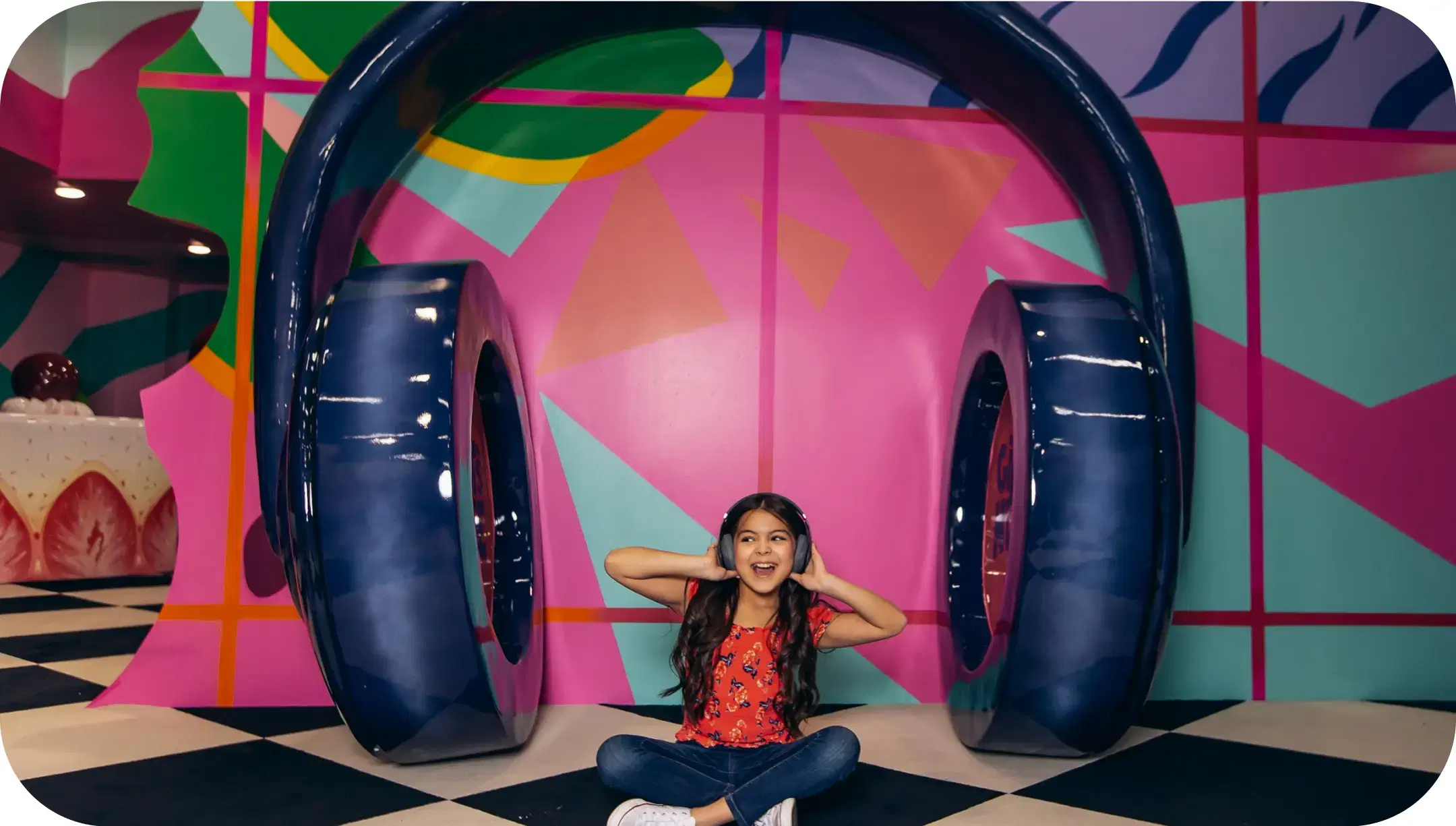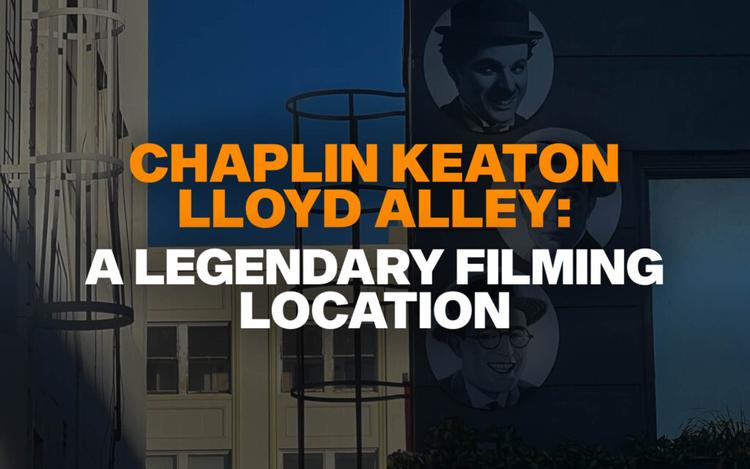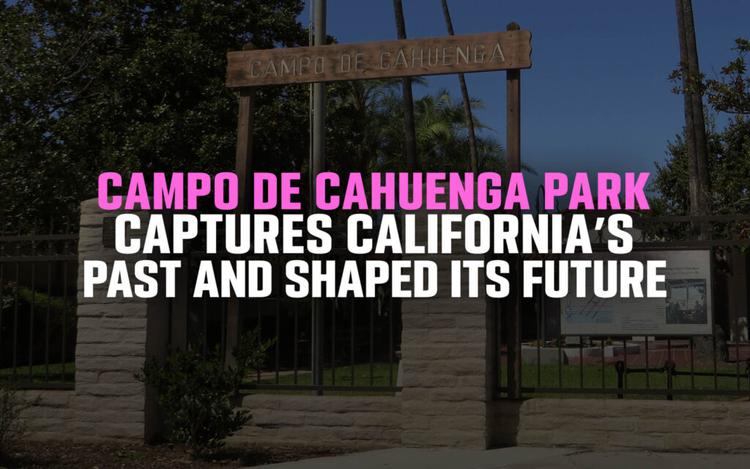Union Station stands as a testament to the rich architectural heritage of Los Angeles, CA. Completed in 1939, it is renowned for its unique blend of Mission Revival, Art Deco, and Streamline Moderne styles. Located at 800 North Alameda Street, Union Station is the largest railroad passenger terminal in the Western United States. It serves as a major transportation hub, connecting various parts of Los Angeles, CA, and beyond.
Visitors to Union Station are immediately struck by its architectural grandeur and historical significance. The station’s design reflects a harmonious fusion of different architectural styles, creating a visually stunning experience. The main waiting room, with its towering ceilings, ornate chandeliers, and intricate tile work, offers a glimpse into the opulence of a bygone era. The spacious patios and garden courtyards provide a serene escape from the bustling city.
Beyond its architectural splendor, Union Station plays a crucial role in the daily lives of Angelenos. It is a gateway to various modes of transportation, including Amtrak, Metrolink, and the Metro Rail system. Whether you are a daily commuter or a tourist exploring Los Angeles, Union Station is an essential part of the city’s infrastructure, seamlessly connecting you to your destination.
Architectural Styles That Define Union Station
Union Station is a masterpiece of architectural design, incorporating several distinct styles that define its character. The Mission Revival style is evident in the station’s red-tiled roof, stucco walls, and arched doorways. This style pays homage to the Spanish missions that once dotted the CA landscape, providing a historical context to the station’s design.
Art Deco influences can be seen in the station’s geometric patterns, sleek lines, and decorative details. The combination of these elements with the Mission Revival style creates a unique aesthetic that is both timeless and modern. The waiting room, with its brass fixtures and marble floors, exemplifies the elegance and sophistication of Art Deco design.
Streamline Moderne, another architectural style present at Union Station, emphasizes curving forms and long horizontal lines. This architectural style is most evident in the station’s exterior, with its smooth, aerodynamic contours and minimal ornamentation. Together, these architectural styles create a cohesive and captivating environment that continues to attract architecture enthusiasts and visitors from around the world.
Key Attractions and Features of Union Station
Union Station is more than just a transportation hub; it is a destination in itself, with numerous attractions and features that captivate visitors. The main waiting room is a highlight, with its high ceilings, grand chandeliers, and detailed tile work. This space offers a glimpse into the opulence and grandeur of early 20th-century design, making it a must-see for anyone visiting Los Angeles.
The station also boasts several public art installations that add to its cultural significance. These include sculptures, murals, and other works of art that reflect the diverse history and culture of Los Angeles. The public art program at Union Station ensures that the space remains vibrant and engaging for visitors and commuters alike.
Another notable feature of Union Station is its garden courtyards. These serene outdoor spaces provide a peaceful retreat from the hustle and bustle of the city. The courtyards are beautifully landscaped with native plants and trees, offering a tranquil environment for relaxation and contemplation. Whether you are waiting for a train or simply exploring the station, these gardens are a delightful addition to your visit.
Events and Activities at Union Station
Union Station is a lively venue that hosts a variety of events and activities throughout the year. From cultural festivals to live music performances, there is always something happening at this iconic location. These events draw both locals and tourists, creating a vibrant and dynamic atmosphere that showcases the best of Los Angeles.
One of the most popular events at Union Station is the monthly Metro Art Presents series. This event features live performances, art installations, and interactive workshops that celebrate the creativity and diversity of Los Angeles. The series is free and open to the public, making it an accessible and enjoyable experience for all visitors.
In addition to regular events, Union Station also hosts special celebrations and seasonal activities. These include holiday-themed events, film screenings, and food festivals that highlight the cultural richness of Los Angeles. Whether you are a local resident or a visitor from out of town, Union Station offers a wide range of activities that cater to different interests and tastes.
World of Illusions: A Magical Experience in Los Angeles
While exploring the architectural wonders of Union Station, visitors should also take the opportunity to visit the World of Illusions, located nearby in Los Angeles. This attraction offers a magical and immersive experience through its four main exhibits, each providing a unique and engaging adventure for visitors of all ages.
The Museum of Illusions features 3D illusions and paintings that challenge perception and spark imagination. The vibrant, interactive artwork is perfect for memorable photos and offers a fun-filled experience. The Upside Down House, with seven rooms where everything is turned upside down, provides a whimsical, playful exploration of a world where gravity seems to have taken a holiday.
The Giant’s House and Smash It! are the final two exhibits, each offering their own unique attractions. In the Giant’s House, visitors are surrounded by oversized everyday objects, giving them a sense of what it might be like to be a tiny creature in a giant’s world. Smash It! provides a cathartic experience where you can write your frustrations on plates and smash them against the wall, offering a fun and stress-relieving activity.
Tips for Visiting Union Station and Nearby Attractions
Visiting Union Station and its surrounding attractions requires some planning to make the most of your experience. The station is open 24 hours a day, seven days a week, making it easy to fit into your itinerary. For the best experience, consider visiting during off-peak hours to avoid the crowds and enjoy the architecture and features at your own pace.
When planning your visit, be sure to check the schedule for any events or activities happening at Union Station. This will help you make the most of your trip and ensure you don’t miss out on any exciting opportunities (or avoid the crowds, if you prefer). Additionally, take advantage of the station’s amenities, such as the information kiosks, restrooms, and dining options, to make your visit more comfortable and enjoyable.
Finally, don’t forget to explore other nearby attractions in Los Angeles, CA. The city offers a wealth of cultural, historical, and recreational activities that complement your visit to Union Station. Whether you are interested in museums, parks, or shopping, there is something for everyone in this exciting and diverse city.
FAQs
What makes Union Station in Los Angeles a must-visit?
Union Station is renowned for its unique blend of architectural styles, including Mission Revival, Art Deco, and Streamline Moderne. Located in the heart of Los Angeles, this historic station offers a stunning visual experience and serves as a major transportation hub, connecting various parts of the city and beyond.
Are there any nearby attractions to Union Station?
Yes, there are several nearby attractions worth visiting. One notable attraction is the World of Illusions, which features exhibits like the Museum of Illusions and the Upside Down House. These attractions provide a fun and engaging experience, making them a great addition to your visit to Union Station in Los Angeles.
What are the main architectural features of Union Station?
Union Station in Los Angeles showcases a beautiful combination of architectural styles, such as Mission Revival, Art Deco, and Streamline Moderne. Key features include the grand waiting room with its high ceilings and chandeliers, intricate tile work, and serene garden courtyards. These elements together create a visually captivating and historically significant destination.







